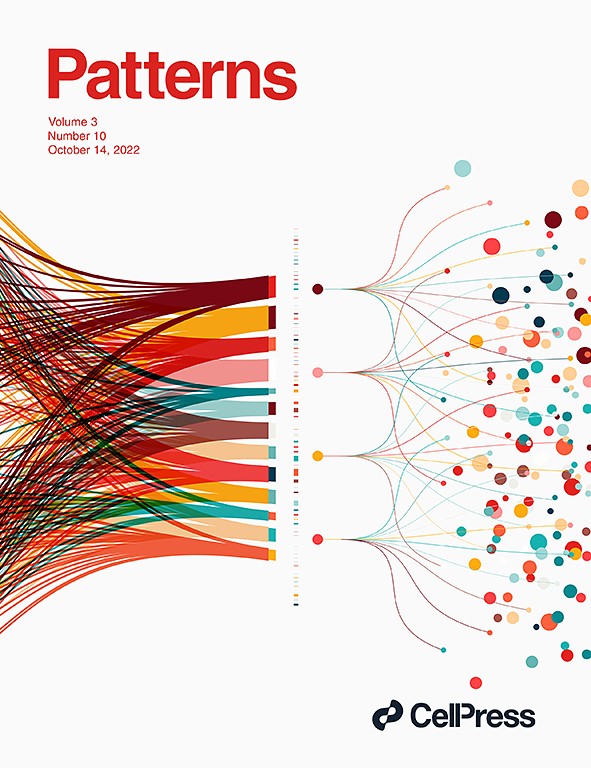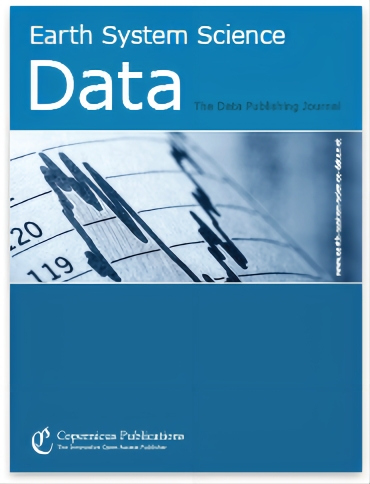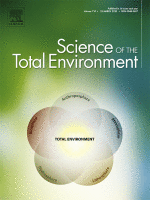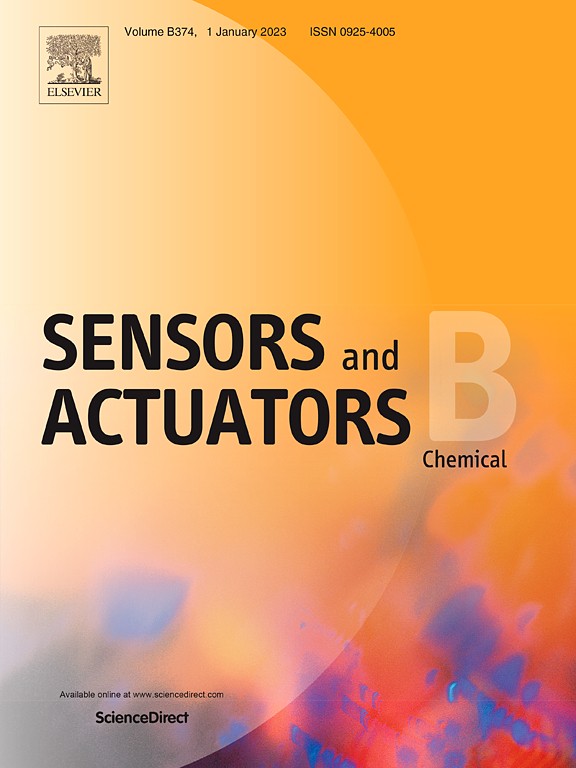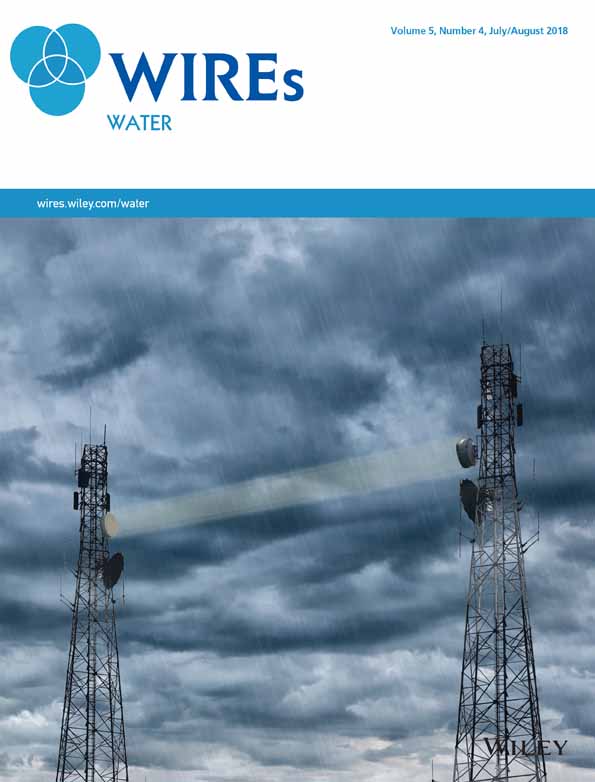常规航空排放物介绍
相关团队成果与相关参考文献:
-
Potential carbon emissions reduction from fleet schedule reconfiguration of China’s and India’s external routes
This article calculates the carbon emissions from China-foreign and India-foreign routes in 2019. The error rate of China’s and India’s external routes is about 2.75% and 5.21%, respectively. First, it obtains the aircraft with the least emission intensity in each distance segment. Then, we use the aircraft with the lowest emission intensity to replace the original aircraft and compare the emission reduction. The results show that after the aircraft is reconfigured, the CO2 of China-foreign and India-foreign routes has declined by 57.08% and 35.45%, respectively. Interestingly, the average aircraft costs of China-foreign and India-foreign routes also dropped 8.04% and 39.39%, respectively, after the reconfiguration. Therefore, fleet schedule reconfiguration is one of the most feasible ways for airlines to reduce emissions. However, for airlines with increased average aircraft costs, only when the carbon price is eight times the current level can they offset the increase in the average aircraft costs.
-
Impacts of the COVID-19 on all aircraft emissions of international routes in South America
The COVID-19 pandemic has had a significant impact on South America’s economic development, as well as its international civil aviation industry. This paper seeks to calculate the emissions of six pollutions (CO2, CO, HC, NOx, SO2, and PM2.5) from the international routes in South America during 2019–2021 and discusses the impacts of COVID-19 on the emission change. The modified BFFM2-FOA-FPM method is proposed to unify the CO2 and non-CO2 calculations. The calculated results' average error rate is about 5.12%. The results showed that COVID-19 affected all emissions, including the number of routes, average flight distance, aircraft configuration, the proportion of CCD phase emissions, average emissions, etc. In addition, some airlines increased the number of flights and aircraft types during the pandemic, increasing emissions. The results give a reasonable data basis for the aviation industry in South America to formulate emission reduction policies.
-
Impacts of the proposal of the CNG2020 strategy on aircraft emissions of China–foreign routes
Aviation emission accounting is the key to establishing market measures to control aviation pollutant emissions. Based on the fuel percentage method (FPM), this paper applies the improved BFFM2-FOA-FPM (Boeing Fuel Flow Method 2–First Order Approximation FPM) to calculate the emissions of six pollutants (CO2, CO, HC, NOx, SO2, and PM2.5) between Chinese and foreign cities from 2014 to 2019, including CCD (climbing, cruising, and descending) emissions and LTO (landing and take-off) emissions. The error rate between the calculated results and the official data is about 2.75?%. The results show that the emissions of six pollutants changed before and after the proposal of the “Carbon Neutral Growth 2020” strategy (CNG2020 strategy). Although the total amount has increased, the average emission per tonne-kilometer of CO2, CO, HC, NOx, SO2, and PM2.5 has decreased by 17.77?%, 17.26?%, 25.15?%, 14.32?%, 17.77?%, and 16.35?%, respectively. The results of this paper can provide a data basis and method reference for implementing the CNG2020 strategy and realizing global carbon emission reduction goals. The dataset is available from https://doi.org/10.6084/m9.figshare.20071751.v1 (Cui., 2022).
-
Accounting for the aircraft emissions of China’s domestic routes during 2014–2019
The “13th Five-Year Plan” of civil aviation energy conservation and emission reduction impacts China’s domestic aviation exchanges. However, few researchers pay attrition to the impact of the 13th Five-Year Plan on aviation emissions. This paper intends to calculate the emissions of six pollutants (CO2, CO, HC, NOx, PM2.5, and SO2) in China’s domestic airlines from 2014 to 2019 and explore the impact of the 13th Five-Year Plan on emissions changes. In this paper, the improved BFFM2-FOA-FPM method is used to unify the calculation of CO2 and other aviation emissions. The error rate between the estimate and the official data was about 6.45%. The results show that the 13th Five-Year Plan has impacted on aviation emissions, including the number of routes and airlines, aircraft configuration, air routes, and airline unit turnover emissions. Additionally, the 13th Five-Year Plan’s effect is not significant, and it does not promote the reduction of emissions on domestic routes.
-
Drivers of CO2 emissions in international aviation: the case of Japan
We estimated the CO2 emissions produced by more than 40?000 international flights associated with Japan's two major airlines (Japan Airlines and All Nippon Airways), and identified the drivers for these CO2 emissions using an index decomposition analysis conducted between 2005 and 2015. The results showed that introducing the more fuel-efficient Boeing 787 led to CO2 emission reductions of 1.3 million tons by the two companies. However, these reductions were canceled out by the total number of flights and distances per passenger attributable to the airlines' operations. We conclude that the environmental and business strategy of introducing greener aircraft with better fuel efficiency was insufficient for mitigating aircraft emissions' effects on climate.
-
Monitoring, analysis and spatial and temporal zoning of air pollution (carbon monoxide) using Sentinel-5 satellite data for health management in Iran, located in the Middle East
Various natural and anthropogenic factors are effective in causing air pollution. The effects of air pollution are more pronounced on the health of living things, especially on the mental and physical health. Therefore, this issue is important because of the importance of health and well-being. The purpose of the present study is to investigate the spatial and temporal monitoring and analysis of air pollution (carbon monoxide, CO) using satellite and remote sensing data in Iran. To do this, Sentinel-5 satellite data for air pollution (CO) monitoring over a 14-month period (November 2018 to December 2019) and Terra satellite and MODIS satellite data with LST index for monitoring changes of daily and nocturnal temperatures (Kelvin unit) over a 24-month period (January 2018 to December 2019) were used. The results showed that the highest amount of air pollution (CO) was obtained in April 2019 with 0.39 mol/m2. However, the highest amount of air pollution in spatial monitoring of CO was obtained for Tehran and Guilan provinces with values of 0.51 mol/m2 and 0.49 mol/m2 respectively, while the lowest amount of CO was 0.19 mol/m2 for December 2019. Northwestern Iran, south and west areas of the central part of Ardebil province, south half and eastern part of East Azarbaijan province, Sahand mountain range, and western part of the border section of West Azerbaijan province were exposed to air pollution with average values of 0 to 0.21 mol/m2. Since the highest amounts of air pollution (CO) occur during the cold months of the year, people who are vulnerable to this phenomenon should travel to the polluted sites with observing hygiene principles.
-
Hazardous trace elements in thoracic fraction of airborne particulate matter: Assessment of temporal variations, sources, and health risks in a megacity
The deleterious health effects of thoracic fractions seem to be more related to the chemical composition of the particles than to their mass concentration. The presence of hazardous materials in PM10 (e.g., heavy metals and metalloids) causes risks to human health. In this study, twelve trace elements (Cd, Cr, Pb, Zn, Cu, Ni, Sn, Ba, Co, As, V, and Sb) in 315 samples of ambient PM10 were analyzed. The samples were collected at an urban background site in a Latin American megacity (Bogota, Colombia) for one year. The concentrations and temporal variabilities of these elements were examined. According to the results, Cu (52?ng/m3), Zn (44?ng/m3), Pb (25?ng/m3), and Ba (20?ng/m3) were the traces with the highest concentrations, particularly during the dry season (January to March), which was characterized by barbecue (BBQ) charcoal combustion and forest fires. In addition, the differences between the results of weekdays and weekends were identified. The determined enrichment factor (EF) indicated that Zn, Pb, Sn, Cu, Cd, and Sb mainly originated from anthropogenic sources. Moreover, a speciation analysis of inorganic Sb (EF?>?300) was conducted, which revealed that Sb(V) was the main Sb species in the PM10 samples (>80%). Six causes for the hazardous elements were identified based on the positive matrix factorization (PMF) model: fossil fuel combustion and forest fires (60%), road dust (19%), traffic-related emissions (9%), copper smelting (8%), the iron and steel industry (2%), and an unidentified industrial sector (2%). Furthermore, a health risk assessment of the carcinogenic elements was performed. Accordingly, the cancer risk of inhalation exposure to Co, Ni, As, Cd, Sb(III), and Pb was negligible for children and adults at the sampling site. For adults, the adjusted Cr(VI) level was slightly higher than the minimal acceptable risk level during the study period (1.4?×?10?6).
-
High sensitive and low-concentration sulfur dioxide (SO2) gas sensor application of heterostructure NiO-ZnO nanodisks
This paper reports the synthesis and characterization of NiO-ZnO nanodisks synthesized through a facile hydrothermal method. The morphological characterizations confirmed the formation of well-defined nanodisks in high density with an average thickness of 60?±?5?nm. The x-ray diffraction analysis confirmed the well incorporation of the NiO into the matrix of ZnO crystal and the average crystallite size for the NiO-ZnO nanodisks was found to be 39.71?nm. The compositional analysis revealed the formation of pure NiO-ZnO nanostructures. The synthesized NiO-ZnO nanodisks were used as electrode materials to fabricate Sulfur dioxide (SO2) gas sensors and the gas sensor response and recovery times were systematically analyzed with respect to the operating temperatures and the SO2 gas concentration. The observed sensor gas response, response time and recovery time of the fabricated NiO-ZnO nanodisks based gas sensor were 16.25, 52?s and 41?s, respectively, towards 20?ppm SO2 gas at an optimized temperature of 240?°C. Thus, it is believed that the NiO-ZnO nanodisks could be a promising candidate for the fabrication of efficient gas sensors towards toxic and hazardous gases.
-
Measuring greenhouse gas emissions from international air travel of a country’s residents methodological development and application for Sweden
Global civil aviation accounts for 4–5% of total greenhouse gas emissions and these emissions are increasing. In the absence of sufficiently effective global climate instruments, national instruments might be considered as a complement, in which case some way of allocating emissions from international air travel between countries is needed. The purpose of this paper is to develop an accounting method that reflects one country's greenhouse gas emissions from international air travel, and to apply this methodology to Sweden. The new methodology consists of three parts: the number of international air trips made by the country's residents; the average distance of these trips; and the greenhouse gas emissions per passenger km. For Sweden, data for 1990 to 2014 show an increase in the number of trips by Sweden's population of 3.6% per year, resulting in, on average, one international journey (round trip 5800?km) per capita in 2014. The average distance to the final destination has increased only marginally due to simultaneous growth in both long and short trips. However, global average greenhouse gas emissions per passenger km have decreased by 1.9% per year between 1990 and 2014. Because the increase in the number of their trips has outweighed the decrease in emissions per km, the total emissions from Swedish residents' international air travel have increased by 61% between 1990 and 2014. The total emissions from Swedish residents' air travel, including both CO2 and non-CO2-effects, were 11 Mt CO2 equivalents in 2014, which is the same level as the emissions from Swedish car traffic. This type of reliable data is important when designing policies and for getting public support for new policies.
-
Groundwater-quality hazards of methane leakage from hydrocarbon wells: A review of observational and numerical studies and four testable hypotheses
Methane leakage from hydrocarbon wells plays an important role in the groundwater-quality impacts of hydrocarbon development and presents a more likely hazard than hydraulic fracturing or formation fluids. Methane released from contaminated water wells has been linked with combustion risks and degraded water quality. Potentially, methane can serve as a precursor to other fluids associated with hydrocarbon extraction, such as volatile organics. In this review, we surveyed studies relating to contamination of drinking-water aquifers by methane gas from leaking hydrocarbon wells. Challenges associated with linking methane in groundwater to hydrocarbon extraction are identified, highlighting the need for groundwater-quality and well-integrity databases. Science-based policy recommendations are made, including deeper surface casings and greater cement coverage for wells with deviated wellbores, remediation of faulty abandoned wells, and increased gas-migration monitoring. We suggest four hypotheses to quantify risks to groundwater quality from methane leakage. First, differentiation between thermogenic methane occurring in groundwater due to natural migration and thermogenic methane present due to hydrocarbon development can be used to alleviate the need for baseline measurements of methane in groundwater. Second, methane newly discovered in freshwater aquifers is unlikely to have originated from leaks beginning decades ago. Third, pertaining to the zone separating methane leakage from groundwater, relative permeability will have a larger impact on plume diameter than heterogeneity in intrinsic permeability. Fourth, thermogenic methane in groundwater will serve as a precursor to benzene, toluene, ethybenzene, and xylene (BTEX) under conditions where methane and BTEX coexist in a hydrocarbon reservoir and leakage is transported primarily in the aqueous phase.

